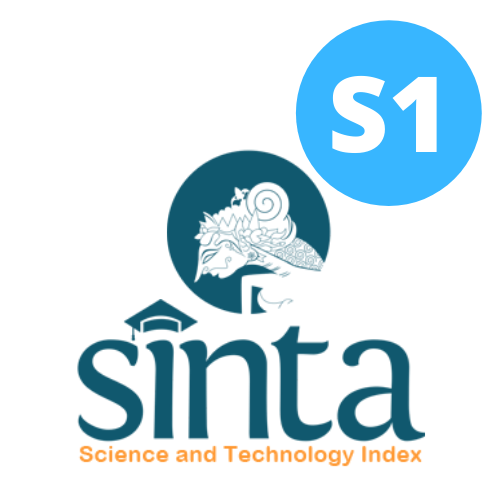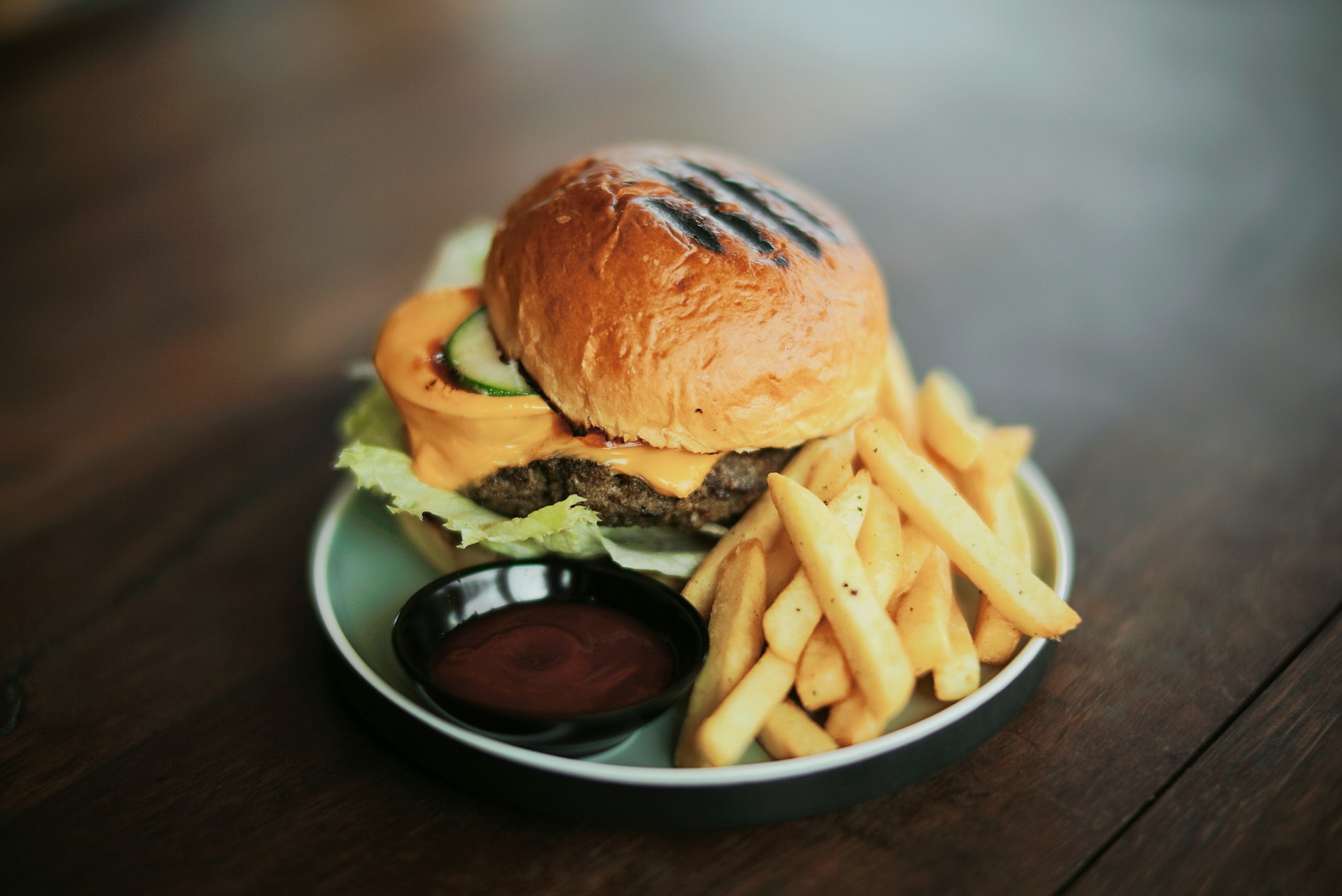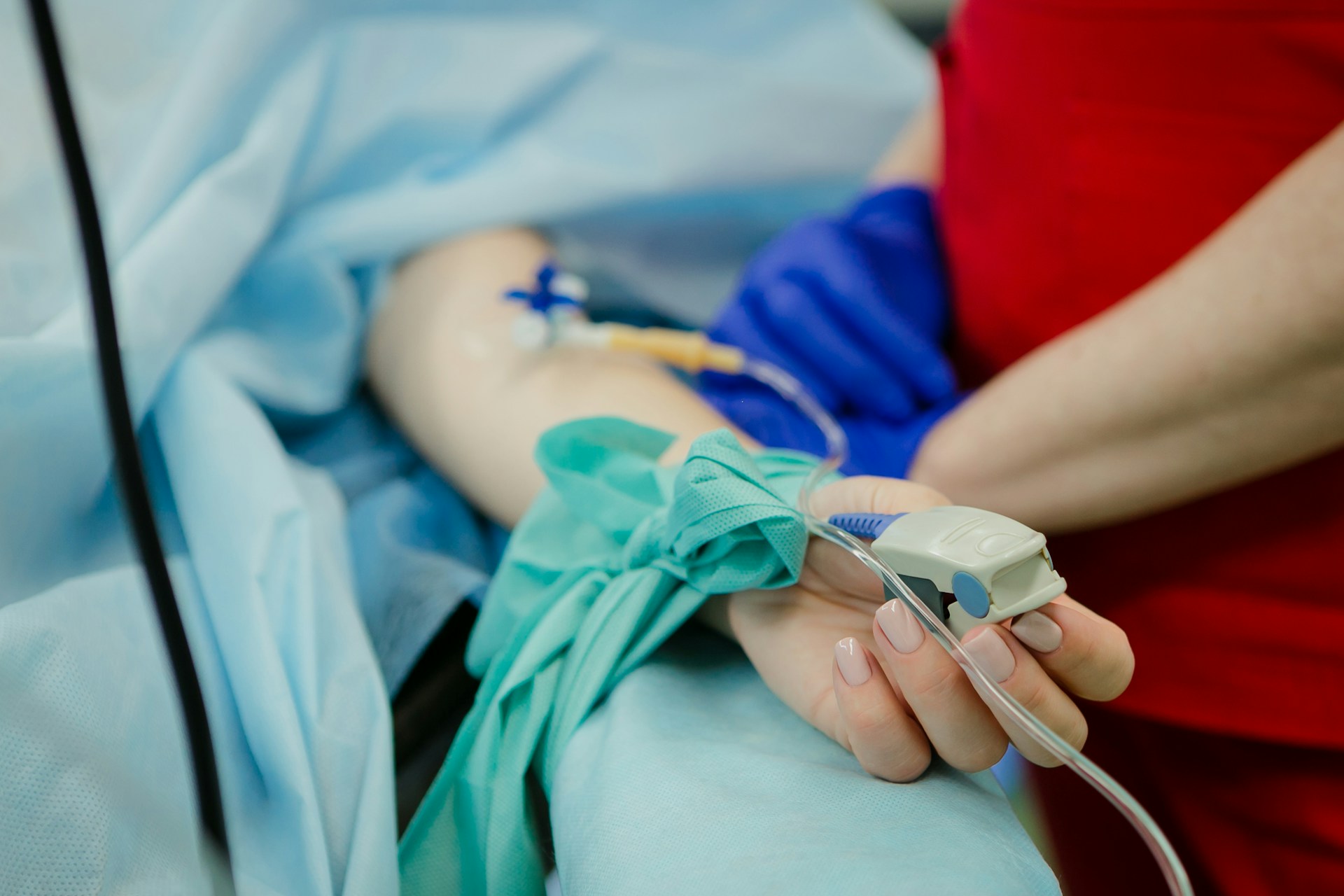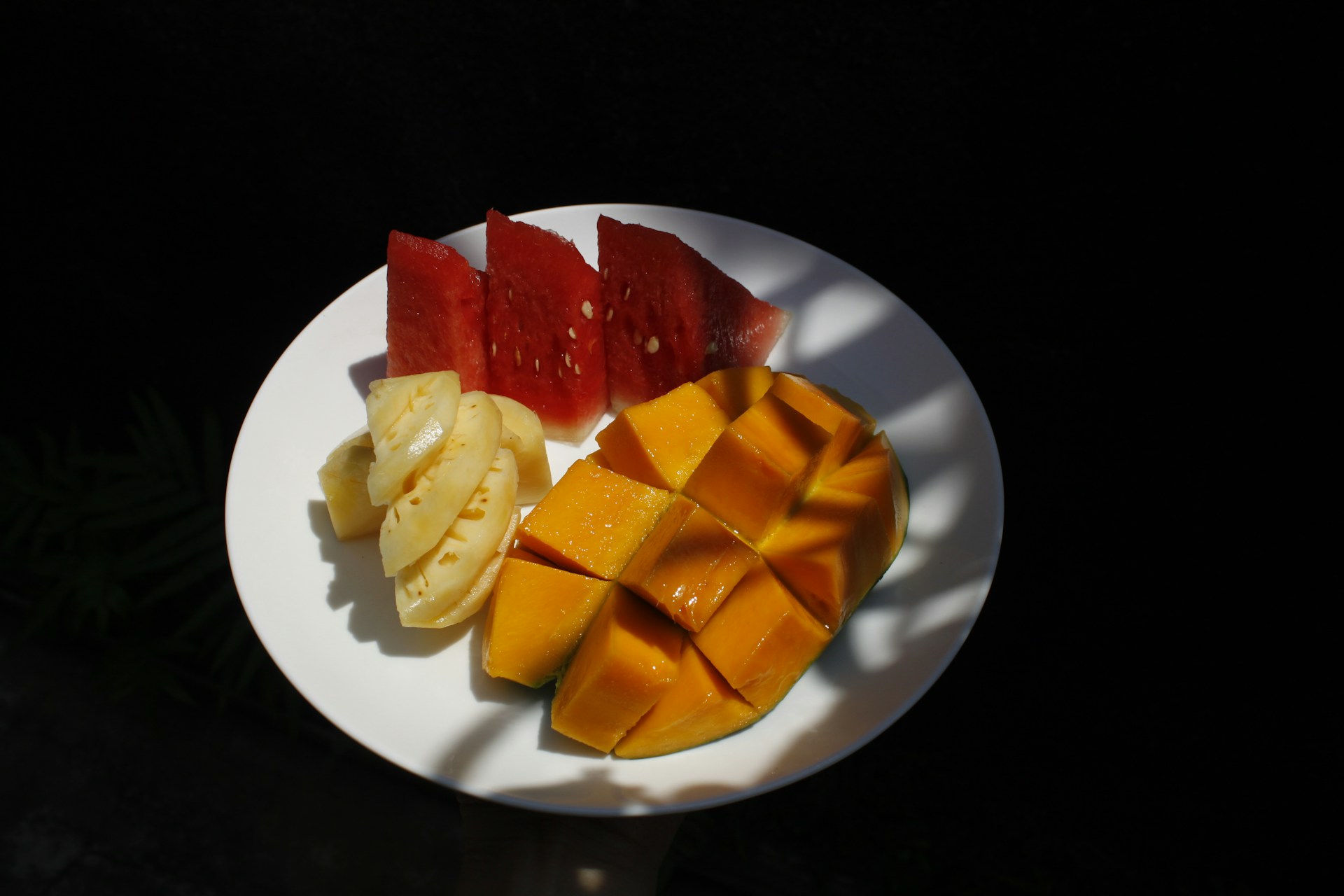Sugar Intake and Cancer: A Literature Review
Downloads
ABSTRACT
Background: Cancer is the second leading cause of death after heart disease globally (total death 9.6 million). Cancer prevalence is increasing in Indonesia from 1.4 per 1000 people in 2013 to 1.79 per 1000 people in 2018. Diet is linked with cancer prognosis, particularly carbohydrate intake which stimulates insulin signals that can be potent mitogens.
Purpose: This literature review aims to examine sugar intake and cancer incidence.
Method: This literature review (traditional review) using the keywords "cancer”,” sugar”, "carbohydrate”, "insulin” and "hyperinsulinemia” in the Sciencedirect database and Google search engine. The inclusion criteria were peer-review articles or documents from credible national and international institutions, the literature uses English or Bahasa (Indonesian Language). The exclusion criteria were that the literature had similar content or redundant with other literature.
Result: Sugar increases insulin resistance which enhances the levels of bioactive IGF-I that contribute to raising the risk of cancer. Prolonged hyperinsulinemia reduces the production of growth-promoting factors such as IGFBP-1 and IGFBP-2 which normally bind to and inhibit theaction of IGF-I with resultant increases in the levels offree, bio-active IGF-I, and concomitant changes in the cellular environment that favor cancer development, proliferation, and metastatic cancer cells.
Conclusion: The mechanism of insulin and IGF-1 stimulate and accelerate cancer cell proliferation may explain the relationship between sugar intake and cancer incidence. Adopting a balanced diet, changing or decreasing sugar intake with healthier food coupled with increased physical activity reduces the risk of cancer.
Siegel, R. L., Miller, K. D. & Jemal, A. Cancer statistics, 2019. CA: A Cancer Journal for Clinicians 69, 7-34, doi:10.3322/caac.21551 (2019).
International Agency fo Research on Cancer. Latest global cancer data: Cancer burden rises to 18.1 million new cases and 9.6 million cancer deaths in 2018. (World Health Organization, Geneve, 2018).
Kementrian Kesehatan Republik Indonesia. Riset Kesehatan Dasar. (Balitbang Kemenkes RI Jakarta, 2013).
Kementrian Kesehatan Republik Indonesia. Riset Kesehatan Dasar. (Balitbang Kemenkes RI, Jakarta, 2018).
Widyawati. Ini Jenis Kanker Terbanyak pada Pria dan Wanita. (2019). <http://sehatnegeriku.kemkes.go.id/baca/rilis-media/20190131/1029285/jenis-kanker-terbanyak-pria-dan-wanita/. (Accessed: 20th October 2020)>.
Bustin, S. A. & Jenkins, P. J. The growth hormone–insulin-like growth factor-I axis and colorectal cancer. Trends in Molecular Medicine 7, 447-454, doi:10.1016/s1471-4914(01)02104-9 (2001).
Rizza, R. A., Mandarino, L. J., Genest, J., Baker, B. A. & Gerich, J. E. Production of insulin resistance by hyperinsulinaemia in man. Diabetologia 28, 70-75, doi:10.1007/bf00279918 (1985).
Gallagher, E. J. & LeRoith, D. Minireview: IGF, Insulin, and Cancer. Endocrinology 152, 2546-2551, doi:10.1210/en.2011-0231 (2011).
FAO. Carbohydrates in human nutrition, Report of a Joint FAO/WHO Expert Consultation. (FAO, 1998).
Asp, N.-G. Dietary carbohydrates: classification by chemistry and physiology. Food Chemistry 57, 9-14, doi:https://doi.org/10.1016/0308-8146(96)00055-6 (1996).
Englyst, H. N. & Hudson, G. J. The classification and measurement of dietary carbohydrates. Food Chemistry 57, 15-21, doi:https://doi.org/10.1016/0308-8146(96)00056-8 (1996).
World Health Organization. Guideline: Sugars intake for adults and children. (World Health Organization, Geneva, 2015).
Kementrian Kesehatan Republik Indonesia. Pedoman Gizi Seimbang. (Kementrian Kesehatan Republik Indonesia, Jakarta, 2014).
Scientiï¬c Advisory Committee on Nutrition. Carbohydrates and Health. (The Stationery Office 2015).
Siervo, M. et al. Sugar consumption and global prevalence of obesity and hypertension: an ecological analysis. Public Health Nutrition 17, 587-596, doi:Doi: 10.1017/s1368980013000141 (2014).
Ruanpeng, D., Thongprayoon, C., Cheungpasitporn, W. & Harindhanavudhi, T. Sugar and artificially sweetened beverages linked to obesity: a systematic review and meta-analysis. QJM: An International Journal of Medicine 110, 513-520, doi:10.1093/qjmed/hcx068 (2017).
Khan, T. A. & Sievenpiper, J. L. Controversies about sugars: results from systematic reviews and meta-analyses on obesity, cardiometabolic disease and diabetes. Eur J Nutr 55, 25-43, doi:10.1007/s00394-016-1345-3 (2016).
Moynihan, P. Sugars and Dental Caries: Evidence for Setting a Recommended Threshold for Intake. Adv Nutr 7, 149-156, doi:10.3945/an.115.009365 (2016).
Chi, D. L. & Scott, J. M. Added Sugar and Dental Caries in Children: A Scientific Update and Future Steps. Dent Clin North Am 63, 17-33, doi:10.1016/j.cden.2018.08.003 (2019).
de Koning, L., Malik, V. S., Rimm, E. B., Willett, W. C. & Hu, F. B. Sugar-sweetened and artificially sweetened beverage consumption and risk of type 2 diabetes in men. The American Journal of Clinical Nutrition 93, 1321-1327, doi:10.3945/ajcn.110.007922 (2011).
Huang, C., Huang, J., Tian, Y., Yang, X. & Gu, D. Sugar sweetened beverages consumption and risk of coronary heart disease: A meta-analysis of prospective studies. Atherosclerosis 234, 11-16, doi:10.1016/j.atherosclerosis.2014.01.037 (2014).
Temple, N. J. Fat, Sugar, Whole Grains and Heart Disease: 50 Years of Confusion. Nutrients 10, 39, doi:10.3390/nu10010039 (2018).
Chazelas, E. et al. Sugary drink consumption and risk of cancer: results from NutriNet-Santé prospective cohort. BMJ 366, l2408, doi:10.1136/bmj.l2408 (2019).
Fuchs, M. A. et al. Sugar-Sweetened Beverage Intake and Cancer Recurrence and Survival in CALGB 89803 (Alliance). PLOS ONE 9, e99816, doi:10.1371/journal.pone.0099816 (2014).
Makarem, N., Bandera, E. V., Nicholson, J. M. & Parekh, N. Consumption of Sugars, Sugary Foods, and Sugary Beverages in Relation to Cancer Risk: A Systematic Review of Longitudinal Studies. Annual Review of Nutrition 38, 17-39, doi:10.1146/annurev-nutr-082117-051805 (2018).
CSUN.edu. What is cancer? (2010).
Schneider, K. A. Counseling About Cancer: Strategies for Genetic Counseling, 3rd Edition. (John Wiley & Sons. , 2011).
Bukhtoyarov, O. & Samarin, D. Pathogenesis of Cancer: Cancer Reparative Trap. Journal of Cancer Therapy 6, 399-412, doi:10.4236/jct.2015.65043 (2015).
Yu, J., Blackford, A. L., dal Molin, M., Wolfgang, C. L. & Goggins, M. Time to progression of pancreatic ductal adenocarcinoma from low-to-high tumour stages. Gut 64, 1783-1789, doi:10.1136/gutjnl-2014-308653 (2015).
J. Ferlay, F. B., P. Pisani, D.M. Parkin. Cancer Incidence, Mortality and Prevalence Worldwide, version 1.0. (Lyon, France, 2001).
Silverman, D. T. et al. Why Do Black Americans Have a Higher Risk of Pancreatic Cancer than White Americans? Epidemiology 14, 45-54 (2003).
Yeo, T. P. Demographics, Epidemiology, and Inheritance of Pancreatic Ductal Adenocarcinoma. Seminars in Oncology 42, 8-18, doi:https://doi.org/10.1053/j.seminoncol.2014.12.002 (2015).
Nguyen, S. P., Bent, S., Chen, Y.-H. & Terdiman, J. P. Gender as a Risk Factor for Advanced Neoplasia and Colorectal Cancer: A Systematic Review and Meta-analysis. Clinical Gastroenterology and Hepatology 7, 676-681.e673, doi:10.1016/j.cgh.2009.01.008 (2009).
Austin, M. A. et al. Family history of diabetes and pancreatic cancer as risk factors for pancreatic cancer: the PACIFIC study. Cancer Epidemiol Biomarkers Prev 22, 1913-1917, doi:10.1158/1055-9965.epi-13-0518 (2013).
Hill, D. A. et al. Mortality and Cancer Incidence Among Individuals With Down Syndrome. Archives of Internal Medicine 163, 705-711, doi:10.1001/archinte.163.6.705 (2003).
American Cancer Society. (American Cancer Society, 2020).
Thomas, D. B. Alcohol as a cause of cancer. Environ Health Perspect 103 Suppl 8, 153-160, doi:10.1289/ehp.95103s8153 (1995).
Masrour-Roudsari, J. & Ebrahimpour, S. Causal role of infectious agents in cancer: An overview. Caspian J Intern Med 8, 153-158, doi:10.22088/cjim.8.3.153 (2017).
Lin, S.-W. et al. Prospective study of ultraviolet radiation exposure and risk of cancer in the United States. Int J Cancer 131, E1015-E1023, doi:10.1002/ijc.27619 (2012).
Narayanan, D. L., Saladi, R. N. & Fox, J. L. Review: Ultraviolet radiation and skin cancer. International Journal of Dermatology 49, 978-986, doi:10.1111/j.1365-4632.2010.04474.x (2010).
Gilbert, E. S. Ionising radiation and cancer risks: what have we learned from epidemiology? Int J Radiat Biol 85, 467-482, doi:10.1080/09553000902883836 (2009).
Hicks, B. M. et al. Angiotensin converting enzyme inhibitors and risk of lung cancer: population based cohort study. BMJ (Clinical research ed.) 363, k4209-k4209, doi:10.1136/bmj.k4209 (2018).
Friedenreich, C. M. Physical Activity and Cancer Prevention. From Observational to Intervention Research 10, 287-301 (2001).
World Health Organization. Global Recommendations on Physical Activity for Health. (World Health Organization, Geneva, 2010).
Tasevska, N. et al. Sugars in diet and risk of cancer in the NIH-AARP Diet and Health Study. Int J Cancer 130, 159-169, doi:10.1002/ijc.25990 (2012).
Atmarita et al. Consumption and sources of added sugar in Indonesia: a review. Asia Pac J Clin Nutr 27, 47-64 ( 2018).
Te Morenga, L., Mallard, S. & Mann, J. Dietary sugars and body weight: systematic review and meta-analyses of randomised controlled trials and cohort studies. BMJ : British Medical Journal 346, e7492, doi:10.1136/bmj.e7492 (2013).
Malik, V. S. et al. Long-Term Consumption of Sugar-Sweetened and Artificially Sweetened Beverages and Risk of Mortality in US Adults. Circulation 139, 2113-2125, doi:doi:10.1161/CIRCULATIONAHA.118.037401 (2019).
Imamura, F. et al. Consumption of sugar sweetened beverages, artificially sweetened beverages, and fruit juice and incidence of type 2 diabetes: systematic review, meta-analysis, and estimation of population attributable fraction. BMJ (Clinical research ed.) 351, h3576-h3576, doi:10.1136/bmj.h3576 (2015).
Schwingshackl, L. et al. Food groups and risk of all-cause mortality: a systematic review and meta-analysis of prospective studies. The American Journal of Clinical Nutrition 105, 1462-1473, doi:10.3945/ajcn.117.153148 (2017).
Micha, R. et al. Association Between Dietary Factors and Mortality From Heart Disease, Stroke, and Type 2 Diabetes in the United States. JAMA 317, 912-924, doi:10.1001/jama.2017.0947 (2017).
Burley, V. Sugar consumption and human cancer in sites other than the digestive tract. European Journal of Cancer Prevention 7, 253-277 (1998).
Prinz, P. The role of dietary sugars in health: molecular composition or just calories? European Journal of Clinical Nutrition 73, 1216-1223, doi:10.1038/s41430-019-0407-z (2019).
Bustin, S. A. & Jenkins, P. J. The growth hormone–insulin-like growth factor-I axis and colorectal cancer. Trends in Molecular Medicine 7, 447-454, doi:https://doi.org/10.1016/S1471-4914(01)02104-9 (2001).
Ceriello, A. et al. Meal-induced oxidative stress and low-density lipoprotein oxidation in diabetes: The possible role of hyperglycemia. Metabolism 48, 1503-1508, doi:https://doi.org/10.1016/S0026-0495(99)90237-8 (1999).
Renehan, A. G., Frystyk, J. & Flyvbjerg, A. Obesity and cancer risk: the role of the insulin–IGF axis. Trends in Endocrinology & Metabolism 17, 328-336, doi:https://doi.org/10.1016/j.tem.2006.08.006 (2006).
Gropper, S. S. & Smith, J. L. Advance Nutrition and Human Metabolism (Sixth edition). (Yolanda Cossio, 2013).
LeRoith, D. & Roberts, C. T. The insulin-like growth factor system and cancer. Cancer Letters 195, 127-137, doi:https://doi.org/10.1016/S0304-3835(03)00159-9 (2003).
Frasca, F., Pandini, G., Vigneri, R. & Goldfine, I. D. Insulin and hybrid insulin/IGF receptors are major regulators of breast cancer cells. Breast Disease 17, 73-89 (2003).
Li, C. et al. Trends in Hyperinsulinemia Among Nondiabetic Adults in the U.S. Diabetes Care 29, 2396-2402, doi:10.2337/dc06-0289 (2006).
Tsujimoto, T., Kajio, H. & Sugiyama, T. Association between hyperinsulinemia and increased risk of cancer death in nonobese and obese people: A population-based observational study. Int J Cancer 141, 102-111, doi:10.1002/ijc.30729 (2017).
Shanik, M. H. et al. Insulin Resistance and Hyperinsulinemia. Is hyperinsulinemia the cart or the horse? 31, S262-S268, doi:10.2337/dc08-s264 (2008).
Baserga, R. The contradictions of the insulin-like growth factor 1 receptor. Oncogene 19, 5574-5581, doi:10.1038/sj.onc.1203854 (2000).
Sachdev, D. & Yee, D. The IGF system and breast cancer. Endocrine-related cancer Endocr Relat Cancer Endocr. Relat. Cancer 8, 197-209 (2001).
AMERTA NUTR by Unair is licensed under a Creative Commons Attribution-ShareAlike 4.0 International License.
1. The journal allows the author to hold the copyright of the article without restrictions.
2. The journal allows the author(s) to retain publishing rights without restrictions
3. The legal formal aspect of journal publication accessibility refers to Creative Commons Attribution Share-Alike (CC BY-SA).
4. The Creative Commons Attribution Share-Alike (CC BY-SA) license allows re-distribution and re-use of a licensed work on the conditions that the creator is appropriately credited and that any derivative work is made available under "the same, similar or a compatible license”. Other than the conditions mentioned above, the editorial board is not responsible for copyright violation.












































